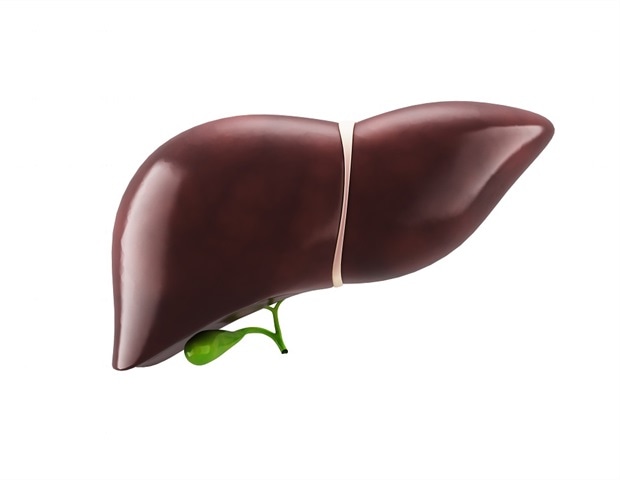Metabolic dysfunction-associated steatotic liver disease (MASLD) — previously known as "non-alcoholic fatty liver disease " — affects about 25% of the global population. Its severe form, metabolic dysfunction-associated steatohepatitis (MASH), can lead to liver fibrosis and even liver failure. With only one approved treatment currently available, finding solutions for MASLD and MASH is crucial.
MASLD and MASH are closely related to obesity, poor diet, and lack of exercise. These conditions lead to fat accumulation in the liver, which can cause inflammation and scarring. Over time, this can progress to fibrosis and cirrhosis, resulting in severe liver damage.
Despite their prevalence, there are limited therapeutic options available for people suffering from MASLD and MASH. Another problem is the reduced levels of a molecule called NAD+ (nicotinamide adenine dinucleotide), which plays a key role in many cellular processes, including energy production, DNA repair, and inflammation control. In MASLD/MASH, NAD+ levels drop, and this contributes to liver damage and disease progression.
Restoring NAD+ levels could potentially stop or even reverse this damage - the question is, how? A team of scientists led by Johan Auwerx at EPFL has now shown that inhibiting an enzyme called ACMSD could be the answer. ACMSD (α-amino-β-carboxymuconate-ε-semialdehyde decarboxylase) is mainly found in the liver and kidneys and is involved in breaking down the amino acid tryptophan and limiting .


















